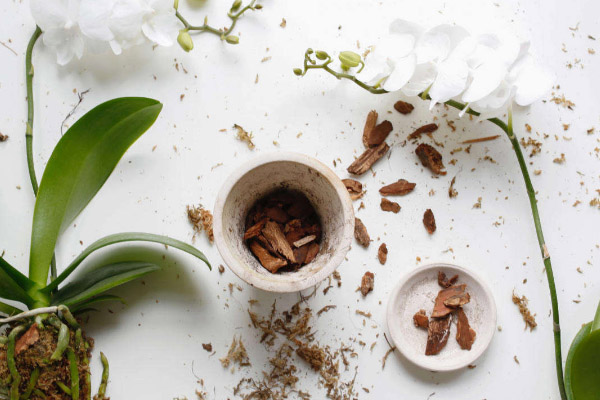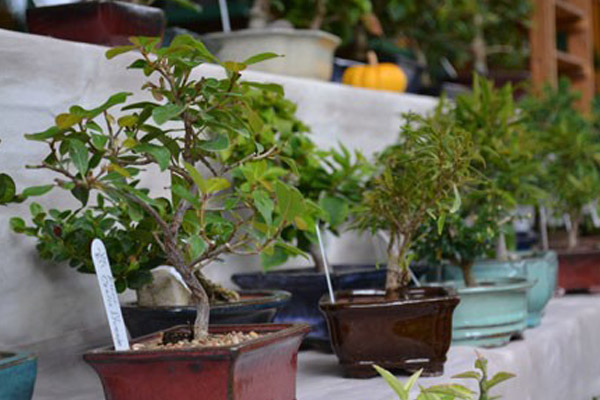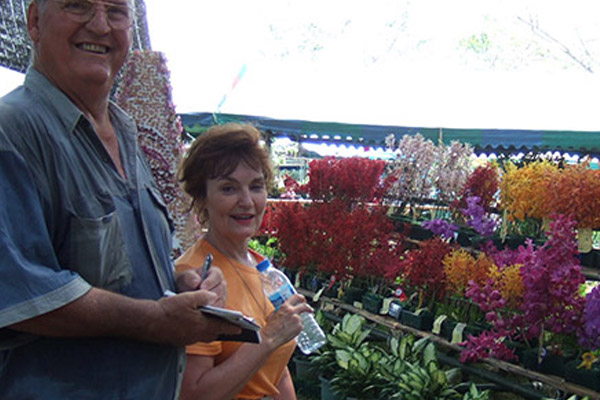“Orchids seem to drive people crazy,”
This has been true for centuries, and in the 18oos Europeans’ obsession with the tropical hothouse flowers reached such a fever pitch that it was dubbed Orchidelirium. These days, the once-expensive exotic epiphytes have become common, thanks to tissue-cloning techniques that makes mass production possible.
But although you can buy an orchid for under R300 at nearly any neighborhood supermarket, this does not mean you will know how to keep the plant alive at home. Orchids can be fussy—or at least mysterious—in their demands.
Let’s reveal a few of the flowers’ secrets—here are 10 things nobody tells you about orchids.
1. The easiest orchid to grow is a Phalaenopsis.
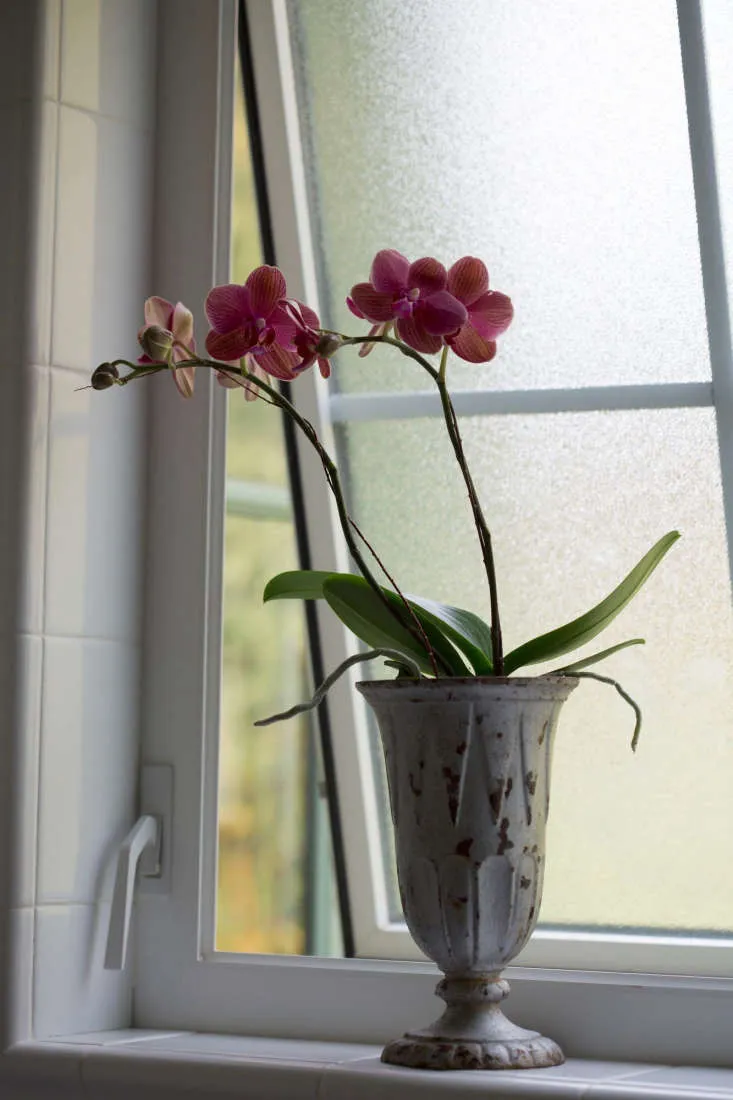
Also known as a moth orchids, Phalaenopsis is a a beginner’s best friend because they will grow in low light and do not require extreme humidity. “Speaking as a home hobbyist grower, I also think Phalaenopsis orchids are probably the easiest to get to re-bloom,”.
2. If you think it’s time to water your orchid, wait one more day.
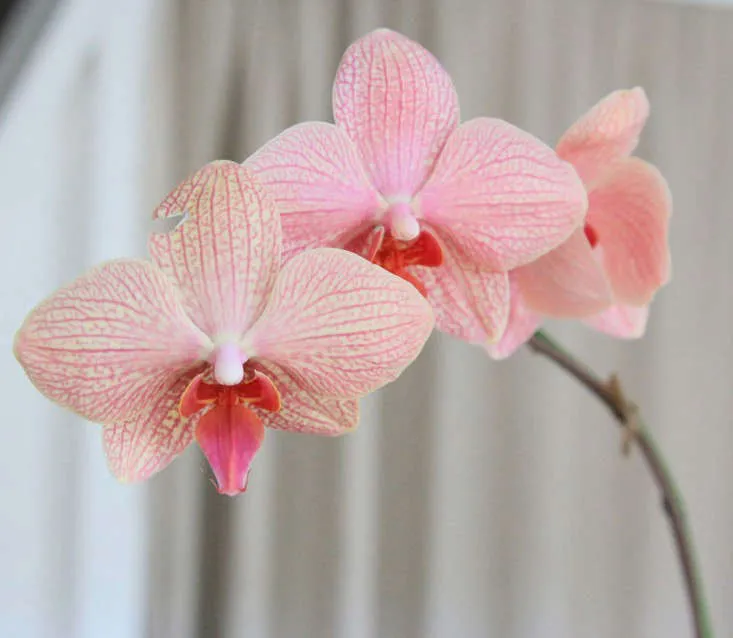
“Avoid overwatering which leads to the demise of many more orchids than under-watering,”. To determine if your orchid needs water, “use the pencil trick (the point of a sharpened pencil, when inserted into the medium, will darken with moisture if the plant has enough water). And, there’s always the old standby – put your finger in the mix. If it feels wet, it is wet. If you aren’t sure whether it is time to water, wait one more day,” the society recommends.
3. To get an orchid to re-bloom, trick it into thinking it’s in the tropics.
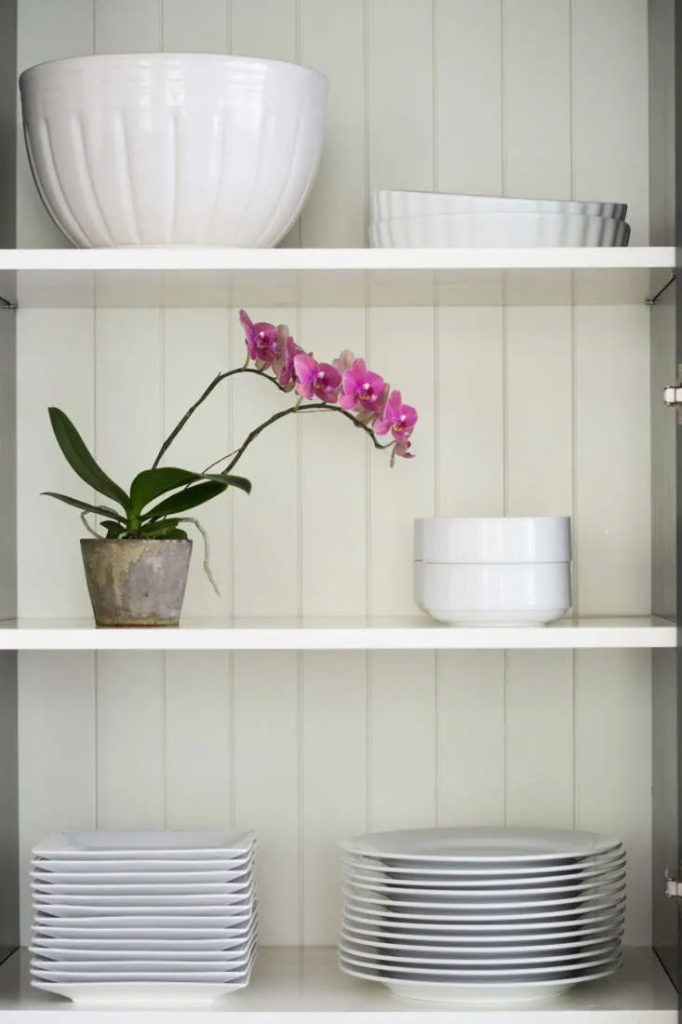
When an orchid stops blooming, cut off the flower stalk at the base of the plant. Then put your moth orchid in a room in your house where you can simulate the tropical climate conditions it likes. It needs a month’s worth of daily temperature drops of at least 10 degrees from day to night.
4. You probably don’t need to put your orchid in a bigger pot.
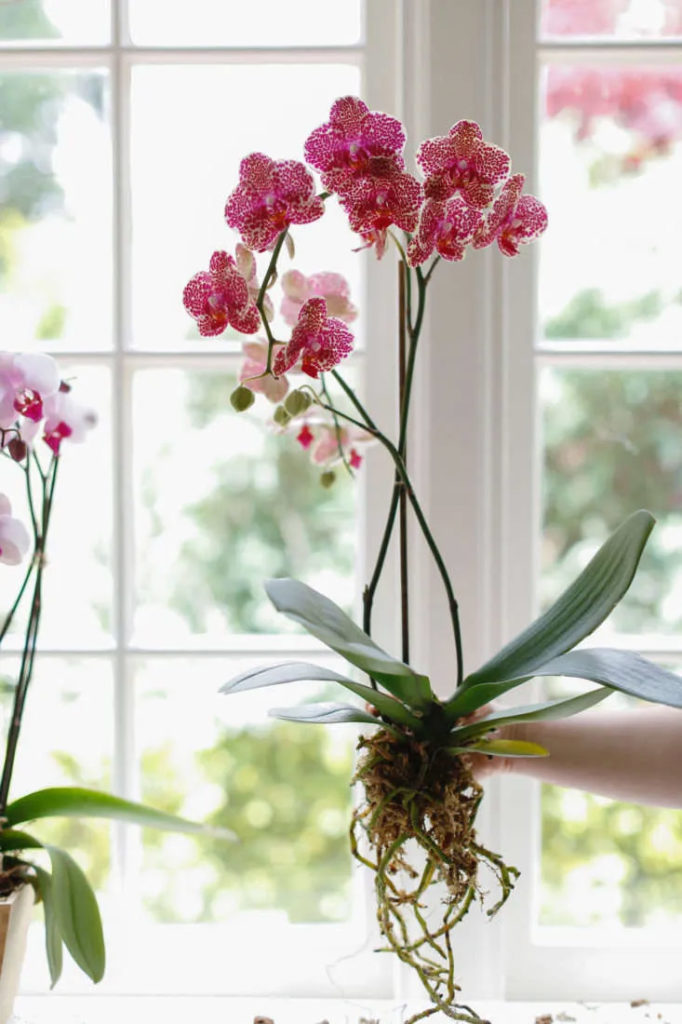
Orchids like tight spaces. Don’t repot yours until its roots have grown through the holes on the pot and are dangling in air. (One exception to this rule is if you buy an orchid that is potted in moss. In that case, repot it immediately in a proper orchid potting mix.)
5. Your orchid will not be any happier in a special Swiss-cheese pot.
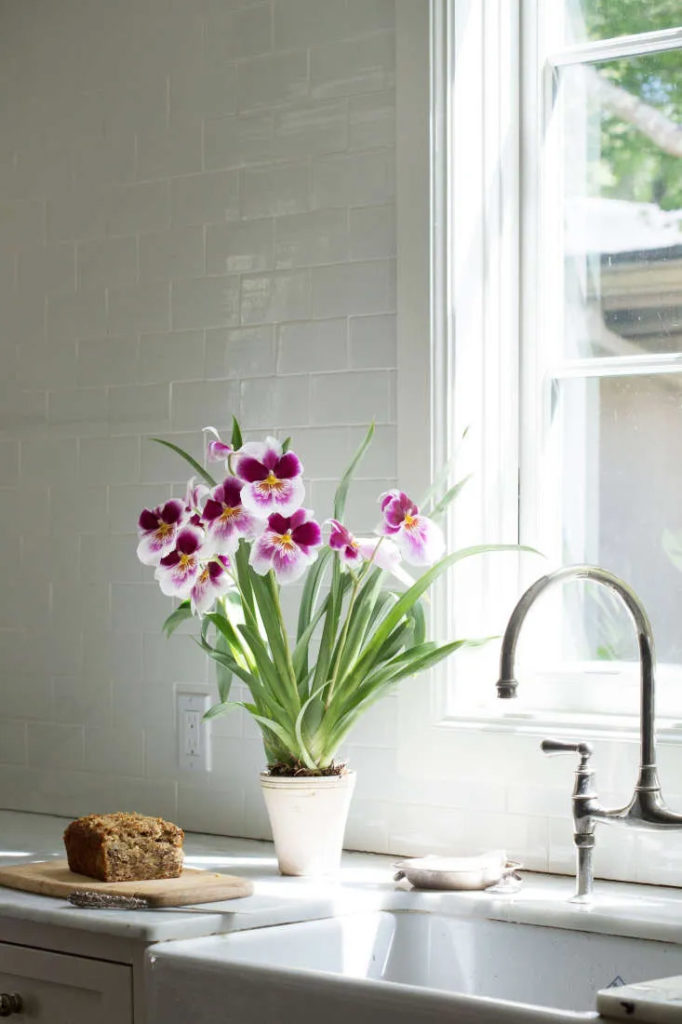
The Swiss-cheese pots attempt to replicate orchid-growing conditions in the wild, where the plants either grow visibly on the surface of trees (with roots attached to the bark of tree branches) or on rocks, with roots working their way into crevices. But it’s not necessary to use an open-air orchid pot if your plant’s roots have good air circulation in a pot.
6. An orchid will not grow in soil.

Orchids are epiphytes, and in their native tropical environments, they grow on trees (not in soil). Plant orchids in an orchid potting mix (which contains wood chips or bark) and they will be happy.
7. It’s not OK to use ice cubes on orchids.
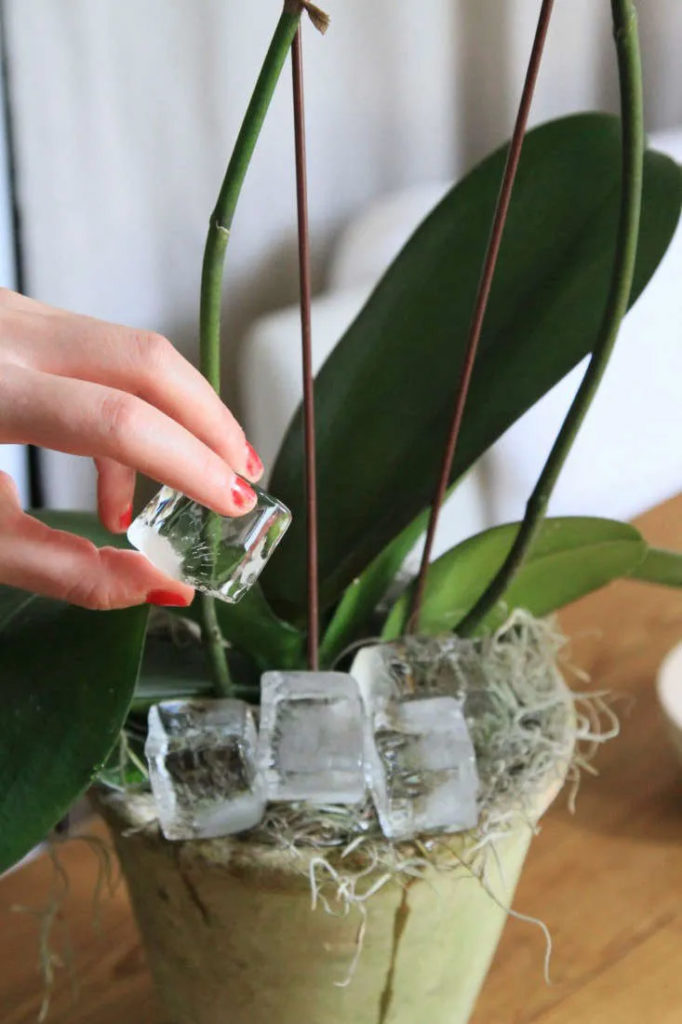
Some orchid owners avoid over-watering by putting an ice cube in the pot at the base of the plant. As the ice slowly melts, it releases water for the plant’s roots to absorb. But experts warn against this practice. For one thing, orchids are tropical plants that love warmth—and ice cubes are cold.
” The ice cube idea is to provide minimal water in the orchid’s suboptimal conditions. The problem is, even though this might mimic the amount of water that the orchid had in their upbringing, misted hourly in mass greenhouses, over time the plant will die from being cramped in suboptimal conditions. If you want to keep your orchid alive for years, the solution is regular watering with room-temperature water after repotting the orchid into proper orchid mix (usually bark) and a good, well-draining pot.”
8. An orchid’s flowers can last for many months.

9. There are more than 25,000 different species of orchids.
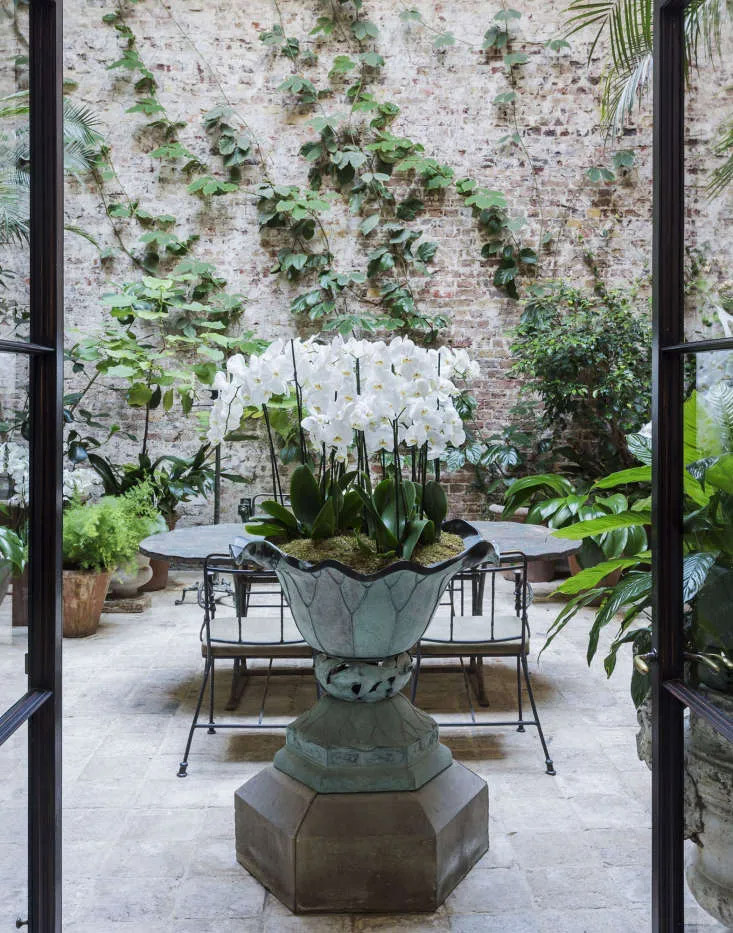
Popular houseplant varieties include Lady’s Slipper Orchid, Oncidiums, pansy orchids, moth orchids, and Phalaenopsis crosses.
10. In the 1800s, collectors paid thousands of dollars for a single orchid plant.
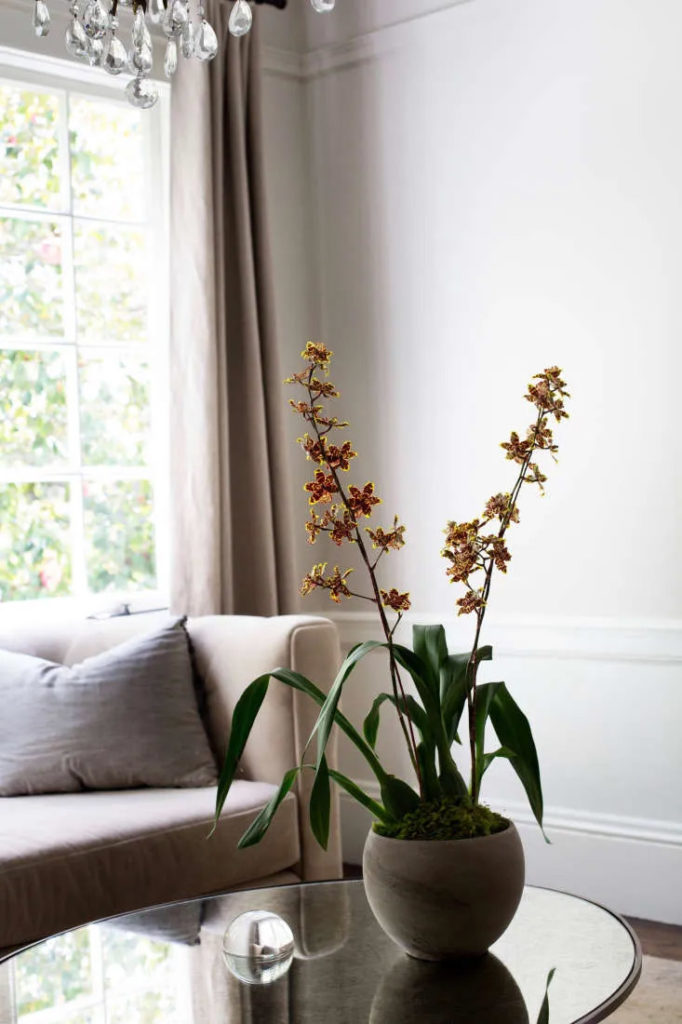
Orchidelirium prompted Victorian-era plant collectors to buy rare orchids for high prices at auctions. Until the publication of the first edition of “The Orchid Grower’s Manual” in 1851, very little was known about how to propagate orchids or care for specimens brought back to Europe and the U.S. from tropical climates. Nowadays, thanks to improved propagation techniques that growers developed in tissue culture labs, an exotic orchid can be purchased for a few dollars at nearly any supermarket.
Article: Gardenista

